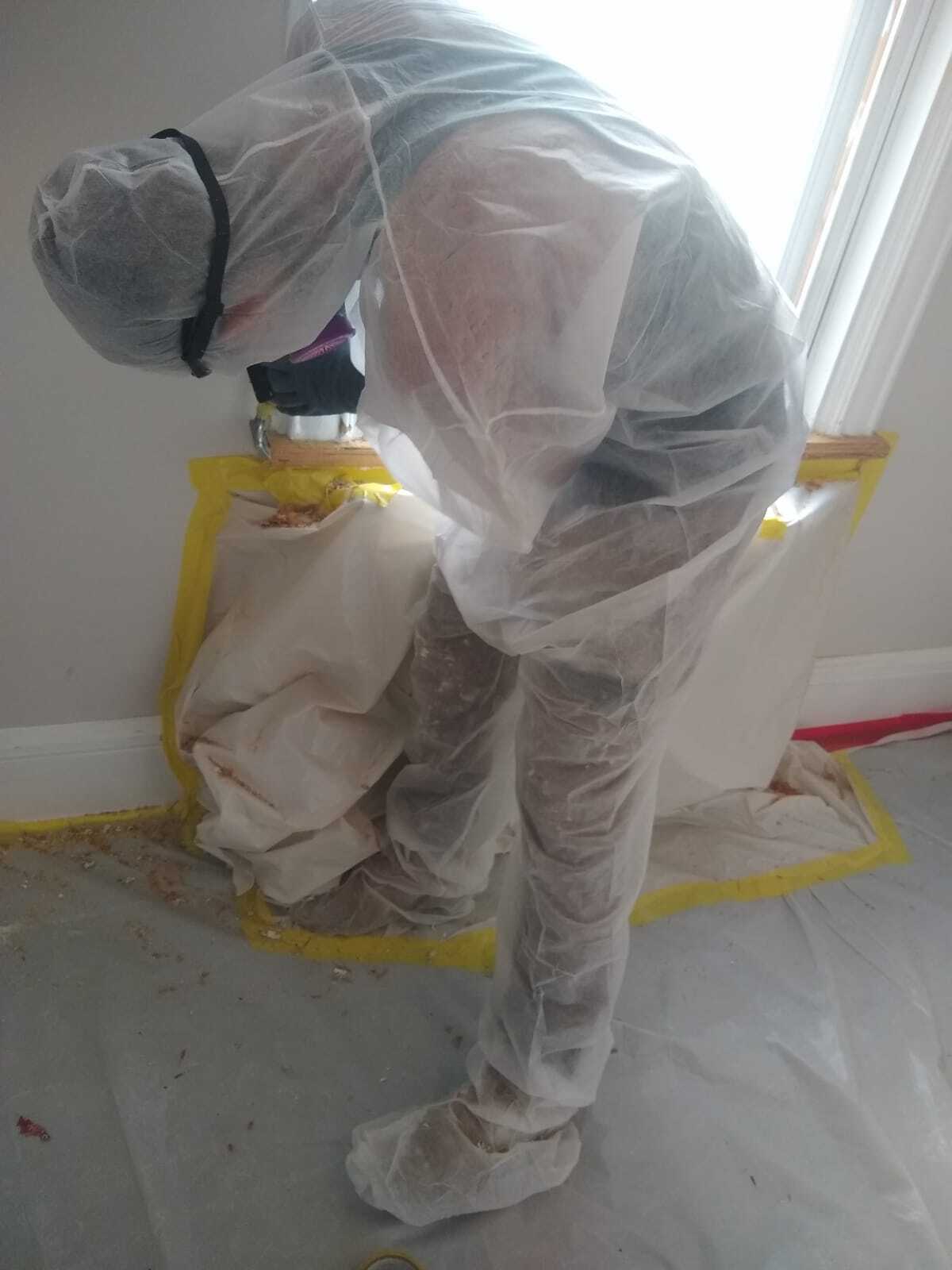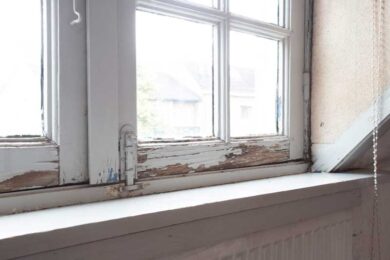Lead Removal Contractors-- Experienced Professionals for Lead Abatement
Crucial Tools and Strategies for Effective Lead Offense Cleanup
Addressing lead infractions efficiently necessitates a thorough method that mixes the right devices with strategic methodologies. The very first step entails furnishing employees with Personal Protective Devices (PPE) to secure their health and wellness. Simultaneously, making use of specialized cleaning devices, such as HEPA vacuums and lead-specific cleaner, is essential for complete pollutant removal. Efficient control methods, including plastic sheet and unfavorable atmospheric pressure systems, are important to prevent the spread of dangerous products. Safe disposal techniques and strict adherence to governing guidelines ensure responsible handling of harmful waste. What are the nuanced strategies that genuinely make a distinction?
Personal Safety Devices
Personal safety devices (PPE) is a crucial element in the reliable management of lead contamination clean-up. PPE functions as a vital barrier, guarding workers from the harmful effects of lead direct exposure, which can lead to severe health and wellness effects. The important PPE for lead cleanup consists of respirators, protective clothing, handwear covers, and eye protection. Each type of equipment is especially made to mitigate different dangers related to lead particles and dirt.
Respirators, particularly those geared up with HEPA filters, are important for filtering system air-borne lead fragments, stopping inhalation. Safety clothing, consisting of coveralls and non reusable fits, avoids lead dirt from adhering to employees' garments, reducing the threat of additional contamination.
In addition, extensive training on the right usage and maintenance of PPE is essential. Workers have to be educated on wearing and doffing procedures to avoid contamination. Normal assessments and replacements of PPE components are necessary to keep their safety capabilities, making sure a secure and certified clean-up operation.
Specialized Cleaning Equipment

An additional important device is the wet/dry vacuum, which can effectively tidy up both dust and liquid impurities. These vacuum cleaners often include HEPA filters to supply an additional layer of security. Damp cleans or tack cloths are additionally essential for surface area cleaning; they are specifically made to record and hold lead fragments, reducing the risk of spreading contamination.
For even more stubborn deposits, specialized lead-removal cleaner are needed. These representatives are formulated to break down lead bits, making them less complicated to eliminate. Scrub brushes with sturdy bristles can aid in this procedure, particularly on harsh surface areas where lead dirt often tends to stick much more strongly.
Additionally, encapsulants are utilized to secure lead-contaminated surface areas, preventing the release of lead dirt. These specialized paints and finishings are developed to abide by different substrates, supplying a lasting option for lead control.
Effective Control Methods
Reliable containment methods are vital in alleviating the go now spread of lead contamination during clean-up tasks. Carrying out robust control techniques ensures that lead bits do not migrate to untouched locations, consequently securing both workers and the setting (DOH & HPD Lead Violation Removal NYC).

To enhance control, encapsulants can be applied to surfaces that are not being eliminated or disturbed. These specialized coatings bind lead dust, decreasing its availability for resuspension. Additionally, all employees need to wear suitable Personal Safety Devices (PPE), including respirators and non reusable suits, to avoid contamination spread.
Safe Disposal Practices
Guaranteeing safe disposal techniques is a crucial component in the monitoring of lead contamination clean-up. Proper disposal reduces the danger of lead returning to the atmosphere click site and jeopardizing public health and wellness (DOH & HPD Lead Violation Removal NYC).
Transporting lead waste calls for adherence to rigorous guidelines. Using certified harmful waste providers ensures that the products are dealt with properly. Documentation, including manifests outlining the type and quantity of waste, need to accompany shipments to track the waste from the website of origin to its final disposal destination.
Designated contaminated materials disposal centers are furnished to take care of lead-contaminated materials securely. These facilities often employ advanced methods such as stabilization, solidification, or chemical therapy to counteract the lead prior to disposal. Landfilling in specialized, lined locations that protect against leachate from infecting groundwater is an usual practice for final disposal.
Normal training for workers associated with lead garbage disposal is crucial to keep safety criteria and prevent unintended direct exposure. By Read Full Article adhering to these techniques, companies can substantially lower the environmental and health and wellness influences connected with lead contamination.
Regulatory Conformity Tips

Sticking to regulative conformity is paramount in the successful implementation of lead contamination cleanup. Comprehending and following federal, state, and neighborhood laws makes certain not just the safety and health of people yet additionally the legal and financial wellness of the clean-up company. The Environmental Protection Company (EPA) sets strict standards, such as the Lead Improvement, Fixing, and Paint (RRP) Regulation, which mandates correct certification and training for service providers managing lead-based activities.
Conformity begins with an extensive evaluation of suitable regulations and guidelines. Organizations needs to stay updated on any type of legislative changes, which can be assisted in via regular training sessions and registering for market updates. Paperwork is one more important conformity aspect; maintaining comprehensive records of all activities, consisting of examination reports, staff member training logs, and disposal materializes, is vital.
In addition, involving with licensed lead assessors or take the chance of assessors makes certain that lead dangers are properly recognized and mitigated. Employers must impose the use of Individual Protective Devices (PPE) and ensure that safety and security procedures are purely followed. Last but not least, clear interaction with stakeholders, including workers, clients, and governing bodies, will promote a culture of conformity and responsibility, inevitably contributing to a much safer and a lot more reliable lead cleaning procedure.
Conclusion
Efficient lead infraction cleaning necessitates the combination of specialized tools and critical methodologies to guarantee security and effectiveness. Individual protective tools (PPE) safeguards workers from exposure, while risk-free disposal methods and stringent adherence to regulatory conformity are necessary for responsibly taking care of unsafe waste.